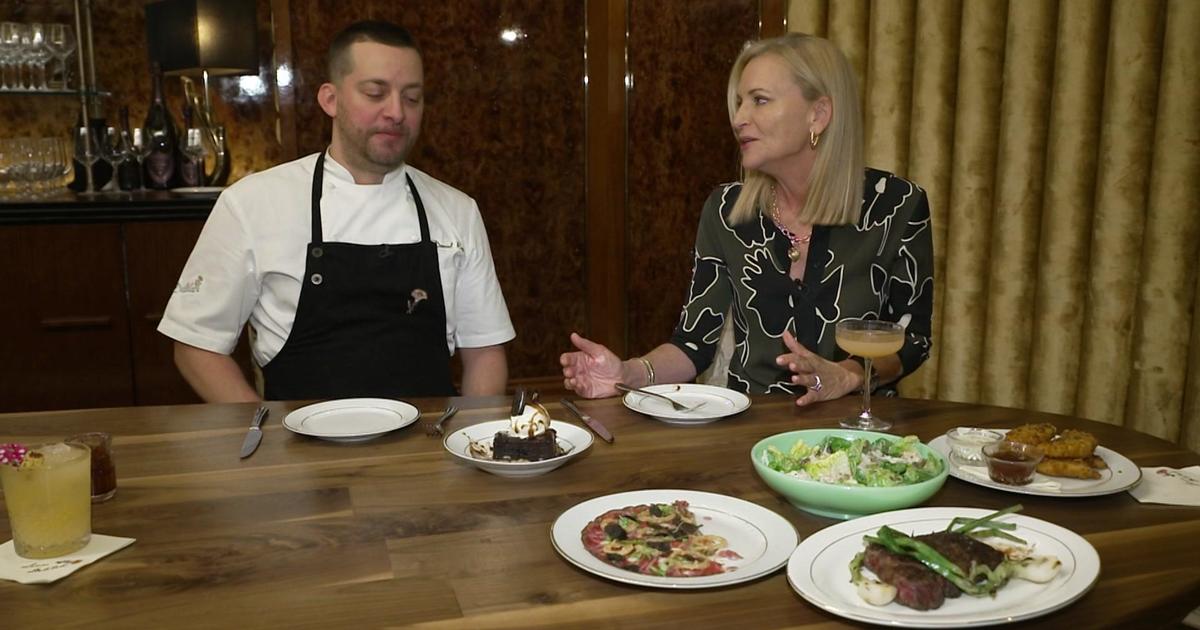Who Are The Uninsured In America?
The Kaiser Family Foundation, a non-profit, private operating foundation that focuses on the major health care issues and the United State's role in global health policy, issued a report in October 2012 titled The Uninsured: A Primer. According to this report, 48 million "non-elderly Americans," those who are age 64 and under, went uninsured in 2011. This number represents a decrease of over 1.3 million uninsured Americans since 2010, making it the first decrease in the number of uninsured the country has seen since 2007.
What brought about this change? The report indicates the decrease in the number of uninsured non-elderly Americans between 2010 and 2011 resulted from the "stability in private coverage and the availability of Medicaid to buffer loss of health insurance for the low-income population." [1]
Who are the 48 million uninsured?
Young adults 19-34 years of age represent the group most likely to be uninsured; 38.1 percent of young adults did not have insurance in 2011. Individuals of Hispanic origin are most likely to be uninsured, followed by Blacks and non-Hispanic Whites. [2]
Fifty-nine percent of the 48 million uninsured Americans are adults without dependent children. Twenty-five percent are parents and the remaining 16 percent are children, according to the Kaiser Foundation study. The majority of the uninsured come from low-income backgrounds, and cite health insurance's lack of affordability as the main reason for being uninsured. [1]
Employment status
More than three-quarters (78 percent) of uninsured Americans come from working families, while 22 percent are in non-working families. Of the uninsured in working families, 62 percent have at least one family member with a full-time job, while 16 percent have family members with part-time positions. [1]
Why do so many employed families lack coverage? The Kaiser study found that many workers who go uninsured are not covered by their employers, and those employees who opt to enroll in health insurance sponsored by their employers have found it increasingly difficult to pay for their portion of the premiums. In 2012, the average worker participating in employer-sponsored heath insurance contributed $79 per month for individual plans and $360 per month for family coverage. [1]
Businesses are currently not required by law to provide their employees with health benefits. However beginning in 2015, companies with 50 or more employees who do not offer adequate health care coverage will face monetary penalties under employee shared responsibility provisions of the Affordable Care Act (ACA).
Income
Americans living below the poverty level, which was $22,350 in 2011 for a family of four, have the highest risk of being uninsured. [3] Nine out of 10 low income or moderate income families are below 400 percent of the poverty level. The majority of the uninsured population is comprised of families from low incomes or moderate incomes. Low income families (households making less than $25,000 per year), represent about a quarter of the uninsured population, while middle income families (with incomes between $25,000 and $49,000 per year) make up 21.5 percent of the uninsured. Additionally, 37.4 percent of uninsured Americans have incomes above $50,000. [2]
The low income or moderate income poverty group is the target of the ACA through Medicaid coverage through broader eligibility and subsidies for premium purchase of private coverage through the insurance exchanges or marketplaces. In 2014, the ACA will expand Medicaid eligibility "to adults with incomes up to 138 percent FLP [or Federal Poverty Level], which would make millions of currently uninsured adults newly eligible for the program," according to the Kaiser study. [1]
Age
As mentioned above, young adults 19-34 are the age group most likely to be uninsured. In 2011, 17 percent of America's uninsured were adults 35-44, and 28 percent were adults 45-64, while those 65 and older represented just 1.4 percent of the uninsured population. [2]
Children under 19 made up almost 16 percent of the uninsured population. [2] Most low-income children qualify for Medicaid or CHIP, but low-income adults under age 65 typically qualify for Medicaid only if they are disabled, pregnant, or have dependent children. Income eligibility levels are generally much lower for parents than for children, and adults without children are generally ineligible. [1]
Ethnicity
By ethnicity, the Kaiser study found "about one-third of Hispanics and over one-fifth of black Americans are uninsured, compared to 13 percent of non-Hispanic Whites." White, non-Hispanic Americans make up about 64 percent of total the population, Black Americans 13 percent, and five percent of the total American population is Asian. The U.S. Census Bureau's information confirms that lack of health insurance disproportionately affects Hispanics, who account for 33 percent of the uninsured population, but only 17 percent of the United States population. [2]
So, who are the 48 million uninsured Americans? These are the people that are being targeted under the Affordable Care Act. A central goal of the ACA is to significantly reduce the number of uninsured by providing a continuum of affordable coverage options through Medicaid and new health insurance exchanges.
______________________________
Sources:
[1] http://kaiserfamilyfoundation.files.wordpress.com/2013/01/7451-08.pdf
[2] http://aspe.hhs.gov/health/reports/2012/uninsuredintheus/ib.shtml#who
[3] http://aspe.hhs.gov/poverty/11poverty.shtml
The article above was written by John Presta via Examiner.com. John Presta is the author of an award-winning book titled, "Mr. & Mrs. Grassroots: How Barack Obama, two Bookstore Owners and 300 Volunteers did it," released on January 20, 2010 by the Elevator Group. John is a writer, author, columnist, book reviewer, political analyst, political commentator, and a political pundit. John has been a frequent guests on a number of television and radio stations. John Presta, the son of Italian-born immigrants, was born and raised in Chicago, Illinois. He and his wife Michelle are community organizers and leaders. He is currently working on his next two books Mr. & Mrs. Grassroots series.



